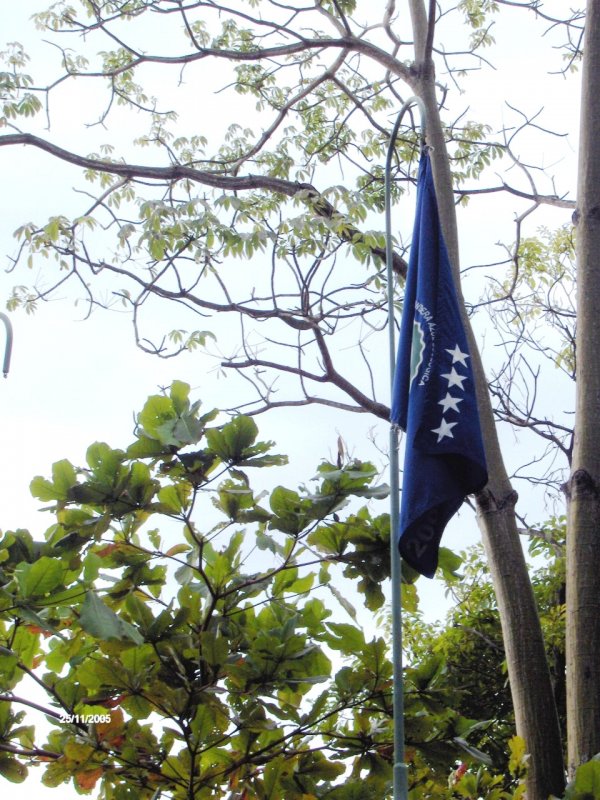Blue Flag Ecological Program

What is the Ecological Blue Flag Program?
“The Ecological Blue Flag is an award given annually, which rewards the effort and voluntary work of the different local committees that seek to improve hygienic and environmental conditions and use the PBAE as an instrument to mitigate and adapt to Climate Change.”
The program was born with the objective of being an incentive for the organization of communities, with the purpose of promoting conservation and development, in accordance with the protection of natural resources, the implementation of actions to counteract climate change, the search for better sanitary conditions and the development of public health.
Who Organizes?
The Costa Rican Tourism Institute (ICT), the Ministry of Environment and Energy (MINAE), the Ministry of Health, the Costa Rican Institute of Aqueducts and Sewerage (AYA), the National Chamber of Tourism, the Ministry of Public Education (MEP), the Costa Rican Network of Private Reserves, the Costa Rican Electricity Institute (ICE), the Ministry of Agriculture and Livestock (MAG), and the Costa Rican Social Security Fund (CCSS) are participating. In addition, the program also allows for citizen participation, as a Pro-BAE Committee must be formed in order to participate.

Category “Beaches”
There are several categories to apply for. In the case of the Ecological Blue Flag for the beach category, its final rating can reach five stars, if efforts are made in other aspects that have been considered to achieve an integral development.
The Costa Rican Tourism Institute, being one of the organizers, designates technical personnel and economic resources to support the initiative and assume the field work to verify compliance with the actions promoted.
The ICT is the entity in charge of the Beaches category of the Ecological Blue Flag Program. The evaluation takes into account aspects such as sanitary conditions. Constant analysis of sea water and potability (with the support of Aqueductos y Acantarillados) are carried out.
Safety elements are also taken into account (preventive signage, lifeguards or lifeguards). Other elements that add points are the presence of showers, restrooms, solid waste separation, environmental education, among others.
The ICT conducts three visits to evaluate the progress of the annual plan proposed by each committee. The purpose of each visit is to inspect the implementation of the plan on the beaches, advise the committee on technical and administrative aspects, and provide recommendations for improvement for the next visit.
How Many Beaches Have the Blue Flag?
With the inclusion of Blanca, Virador, Sombrero, Nacascolo and Prieta beaches in 2022, the 2020 Ecological Blue Flag Program reached a total of 138, the highest number ever reported in a one-year period.
Peninsula Papagayo, a tourist complex that includes hotels, condominiums, residences and marina, reaffirmed its commitment to sustainability by obtaining 16 awards in four categories in the Ecological Blue Flag Program: “Beaches”, “Climate Change”, “Protected Natural Spaces” and “Micro-watershed”.
This makes it the tourist spot with the most blue flags in the country.
Author: M. Barrantes for Sensorial Sunsets
Sources
Navigate articles





